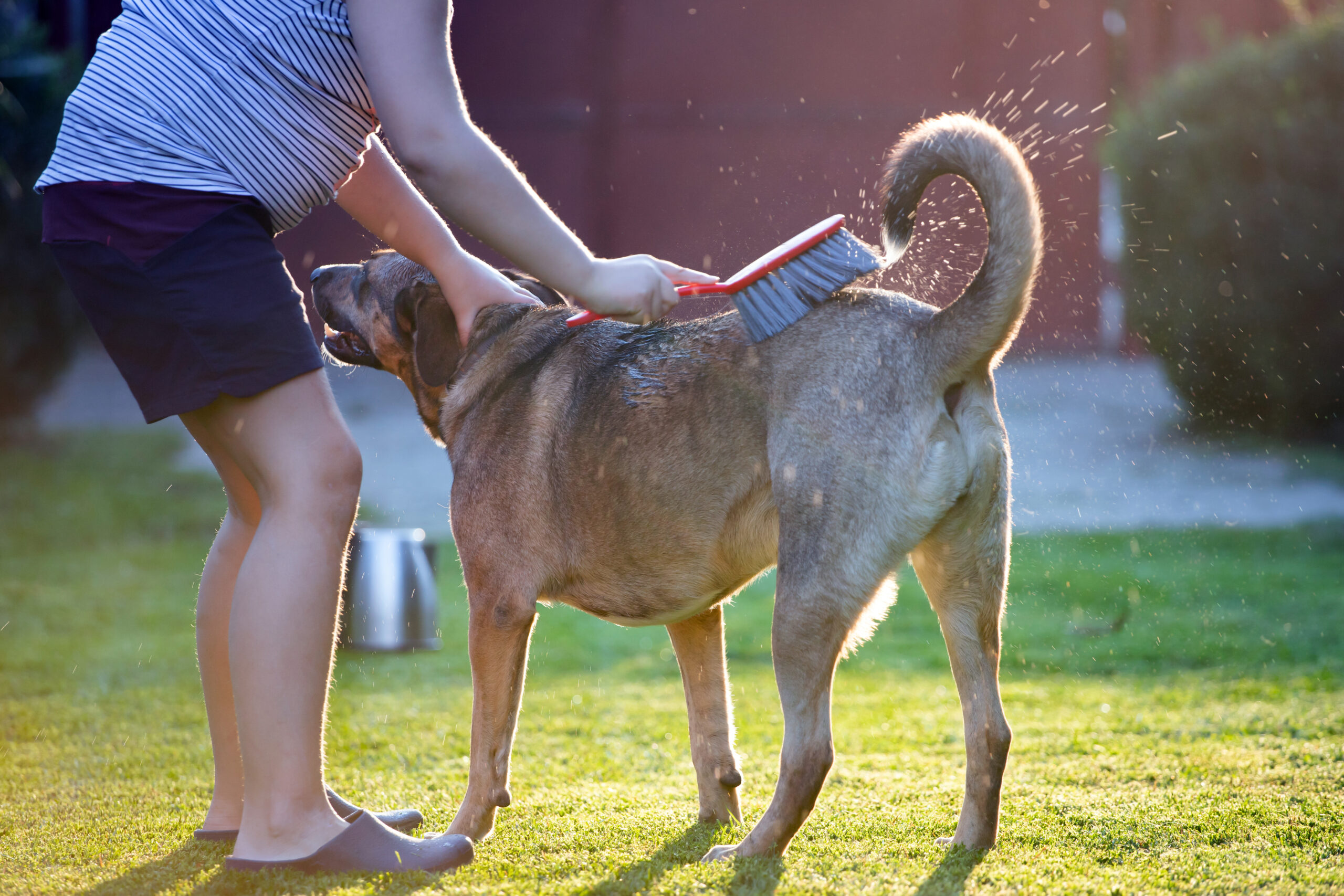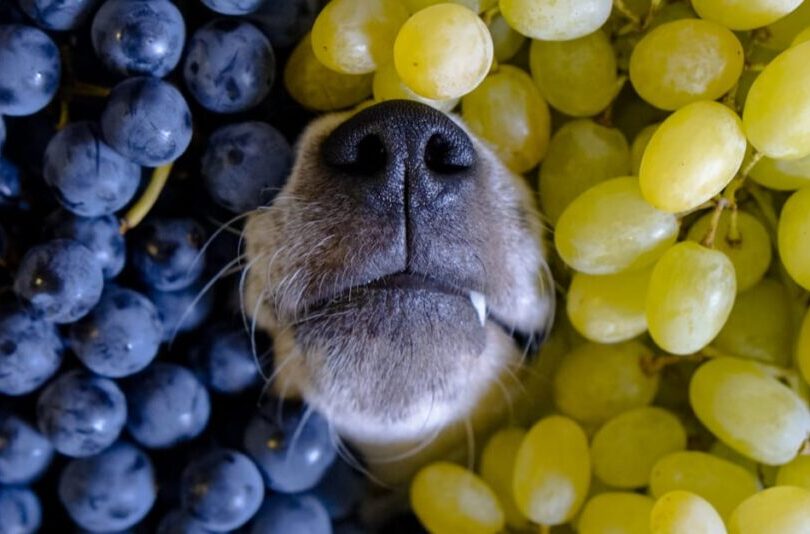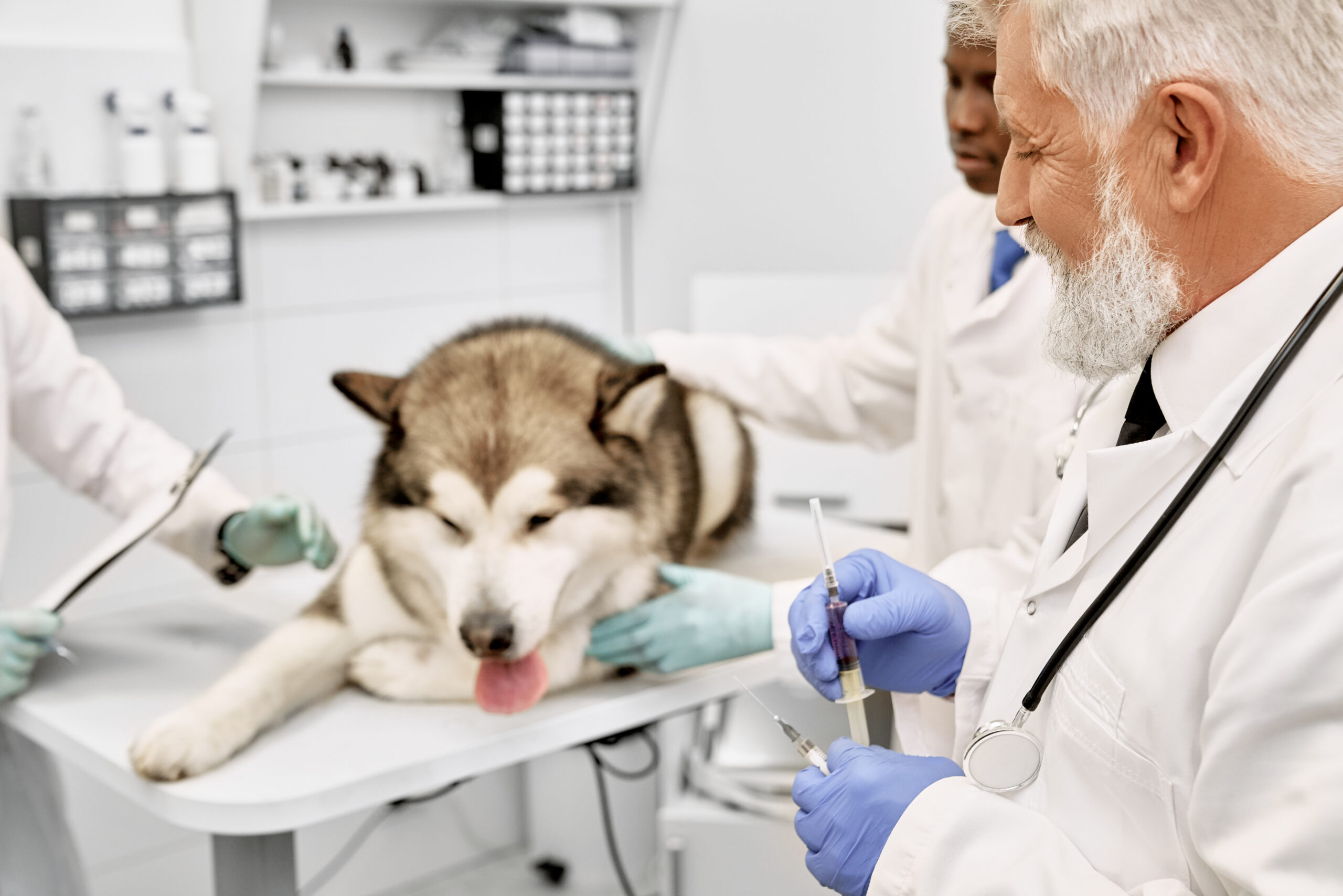26 September 2025
As pet parents, we love the cuddles and sloppy kisses from our furry companions. But if you find yourself turning away because of your pet's bad breath, it might be a sign of something more serious than just what they had for dinner.
Dental disease, also known as periodontal disease, is one of the most common health problems diagnosed in adult dogs and cats. It’s often a silent issue that progresses without us even noticing. The good news is that with a little knowledge and proactive care, you can protect your pet's pearly whites and their overall health.
This guide will walk you through what causes dental disease, the key signs to look for, and how you can keep your pet's mouth healthy and pain-free.
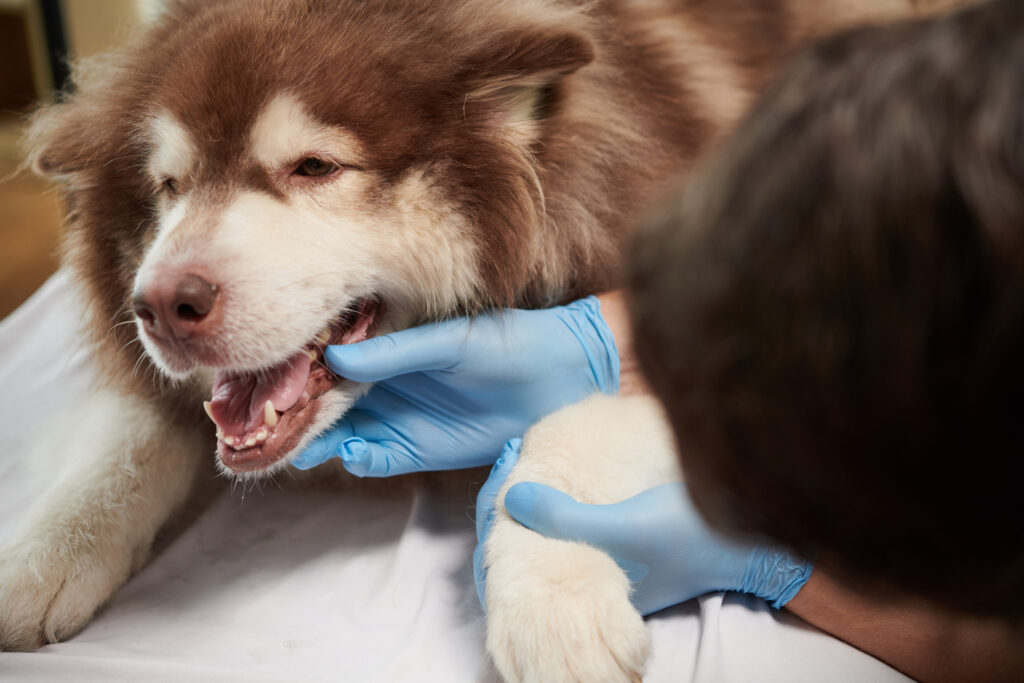
What Is Pet Dental Disease and Why Does It Matter?
Just like in humans, the process of dental disease starts with the buildup of bacteria on the teeth, forming a sticky film called plaque. When plaque isn't removed, it hardens into tartar—a tough, yellowish-brown deposit.
If left untreated, this tartar buildup can cause significant problems:
- Inflammation: Tartar can grow under the gumline (the gingiva), causing inflammation, redness, and pain. This initial stage is known as gingivitis.
- Bacterial Infection: The real trouble begins as harmful bacteria thrive in this environment. They produce toxins that start to destroy the gum tissue and the supporting structures of the teeth.
- Bone and Tooth Loss: Over time, this infection can lead to bone loss in the jaw, causing teeth to become loose and eventually fall out or require extraction by a veterinarian.
The danger doesn't stop in the mouth. In severe cases, bacteria from the infected gums can enter the bloodstream and travel throughout the body, potentially causing serious infections and damage to vital organs like the heart, liver, and kidneys.
6 Key Signs of Dental Disease in Your Pet
Your pet can't tell you when their mouth hurts. That's why it's crucial for you to be vigilant and watch for these common warning signs.
1. Discoloration on the Teeth
- Look for a yellowish or brown crust on the tooth surface, especially on the back molars and canine teeth. This is hardened tartar and a clear indicator that a dental cleaning is needed.
2. Persistent Bad Breath (Halitosis)
- While "doggie breath" is a common phrase, excessively foul or unusual odors from your pet's mouth are not normal. This is often caused by the bacteria associated with dental disease.
3. Red, Swollen, or Bleeding Gums
- Healthy gums should be a firm, light pink color. If you notice your pet's gums are bright red, puffy, or bleed when they eat or chew on a toy, it's a sign of inflammation (gingivitis).
4. Excessive Drooling
- While some breeds naturally drool, a sudden increase in drooling or saliva that is tinged with blood can signal oral pain or discomfort.
5. Discomfort While Chewing
- Have you noticed your pet dropping food, chewing on only one side of their mouth, or shying away when you touch their face? These are classic signs of dental pain. They may also lose interest in hard food or their favorite chew toys.
6. Loose or Missing Teeth
- This is a more advanced sign of dental disease. If you find a tooth on the floor or notice one is loose, it means the underlying support structures have already been severely damaged
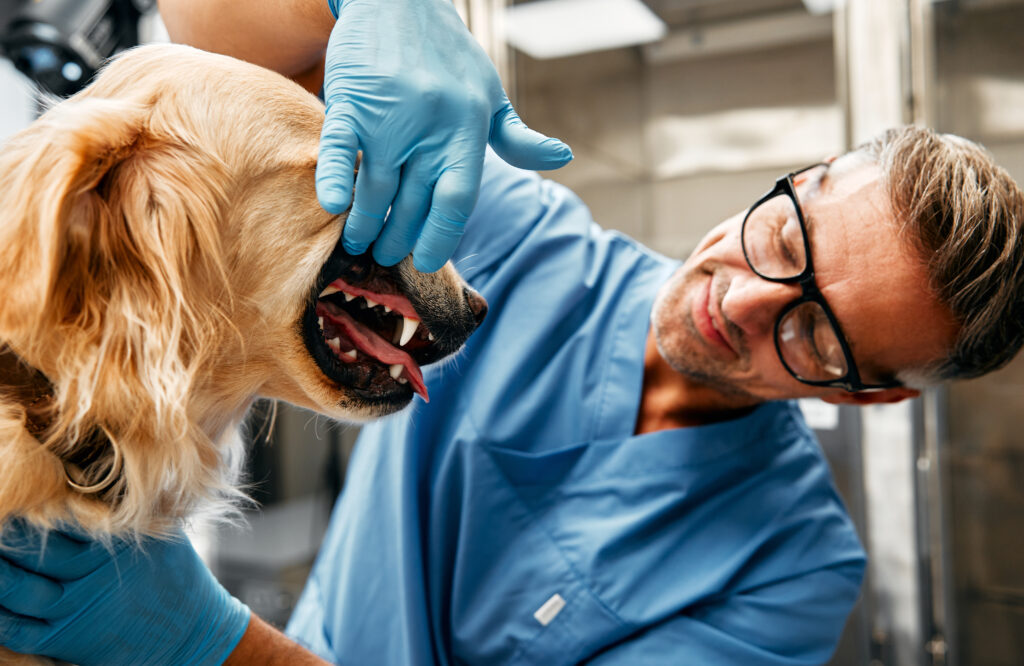
A Proactive Approach: How to Protect Your Pet's Smile
The best way to manage dental disease is through prevention. A consistent oral hygiene routine can make a world of difference for your pet’s health and comfort.
At-Home Dental Care
Brushing: Regular teeth brushing with a pet-safe toothpaste is the gold standard for removing plaque before it turns into tartar.
Dental Chews & Toys: Certain chewing devices and toys are specially designed with ridges and textures that help scrape plaque off your pet's teeth as they chew.
Special Diets & Treats: Ask your veterinarian about diets and treats formulated to help reduce plaque and tartar buildup. The crunchy kibble and unique shapes can create a brushing-like action.
Professional Veterinary Cleanings
For most pets, at-home care isn't enough to completely prevent tartar. That's why a yearly professional dental cleaning by your veterinarian is essential. During this procedure, your pet is safely placed under anesthesia, allowing the veterinary team to thoroughly clean, scale, and polish each tooth—both above and below the gumline. This process removes all plaque and tartar buildup, reduces inflammation, and helps prevent future health complications.
Plus, it has the wonderful side effect of getting rid of that dreaded "doggie breath"!
Don't Wait—Check Your Pet's Smile Today
Your pet's oral health is a critical window into their overall well-being. By being proactive and watching for the key signs of dental disease, you can prevent unnecessary pain and costly health problems down the road.
While February is National Pet Dental Health Month, there's no wrong time to focus on your pet's oral hygiene. Take a moment to check your pet's teeth and gums today. If you notice any of the signs we've discussed, or if you have any questions, please contact your veterinarian. They can provide a full dental assessment and recommend the best course of action to keep your beloved companion happy, healthy, and full of fresh-breathed kisses for years to come.

